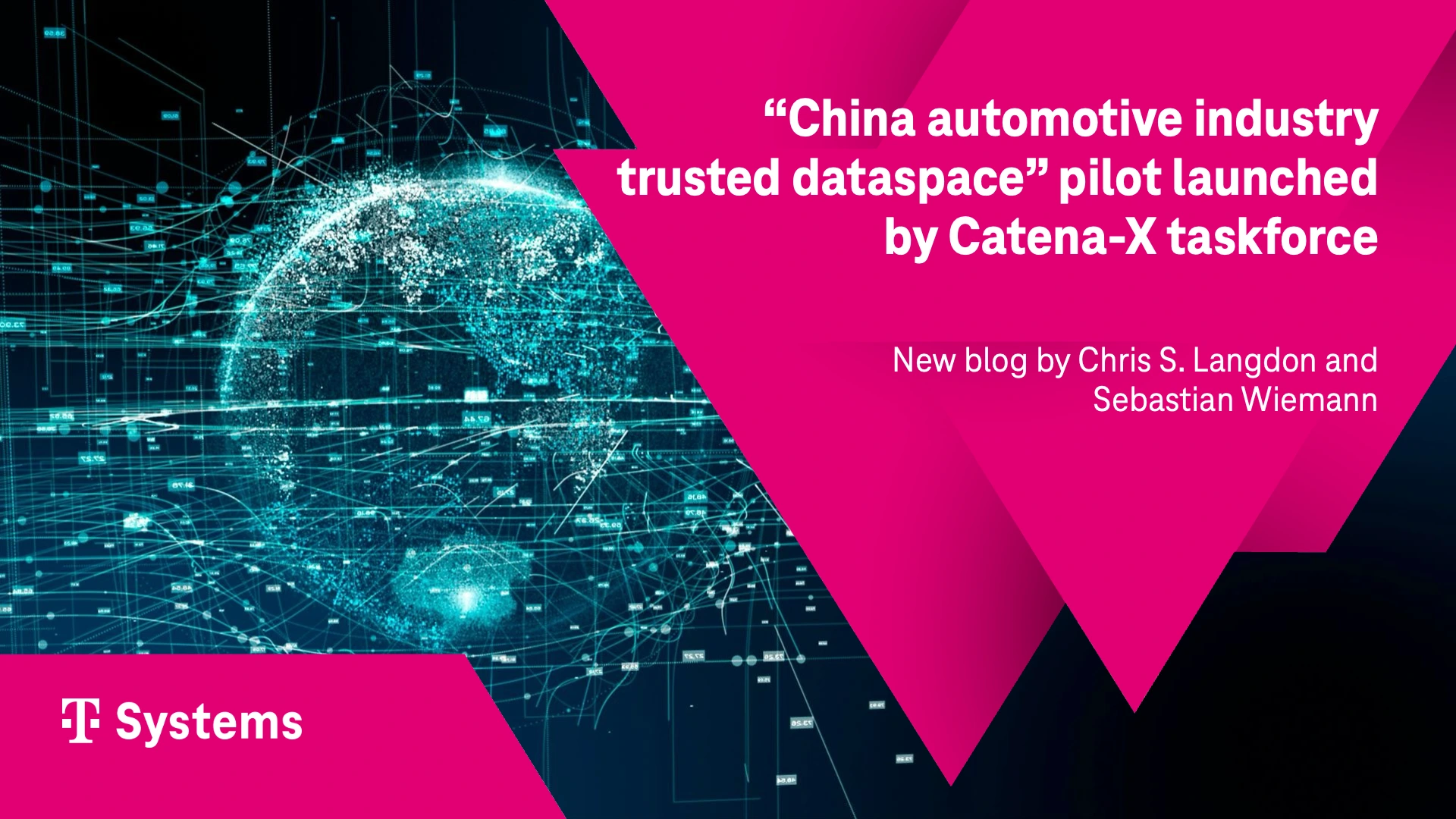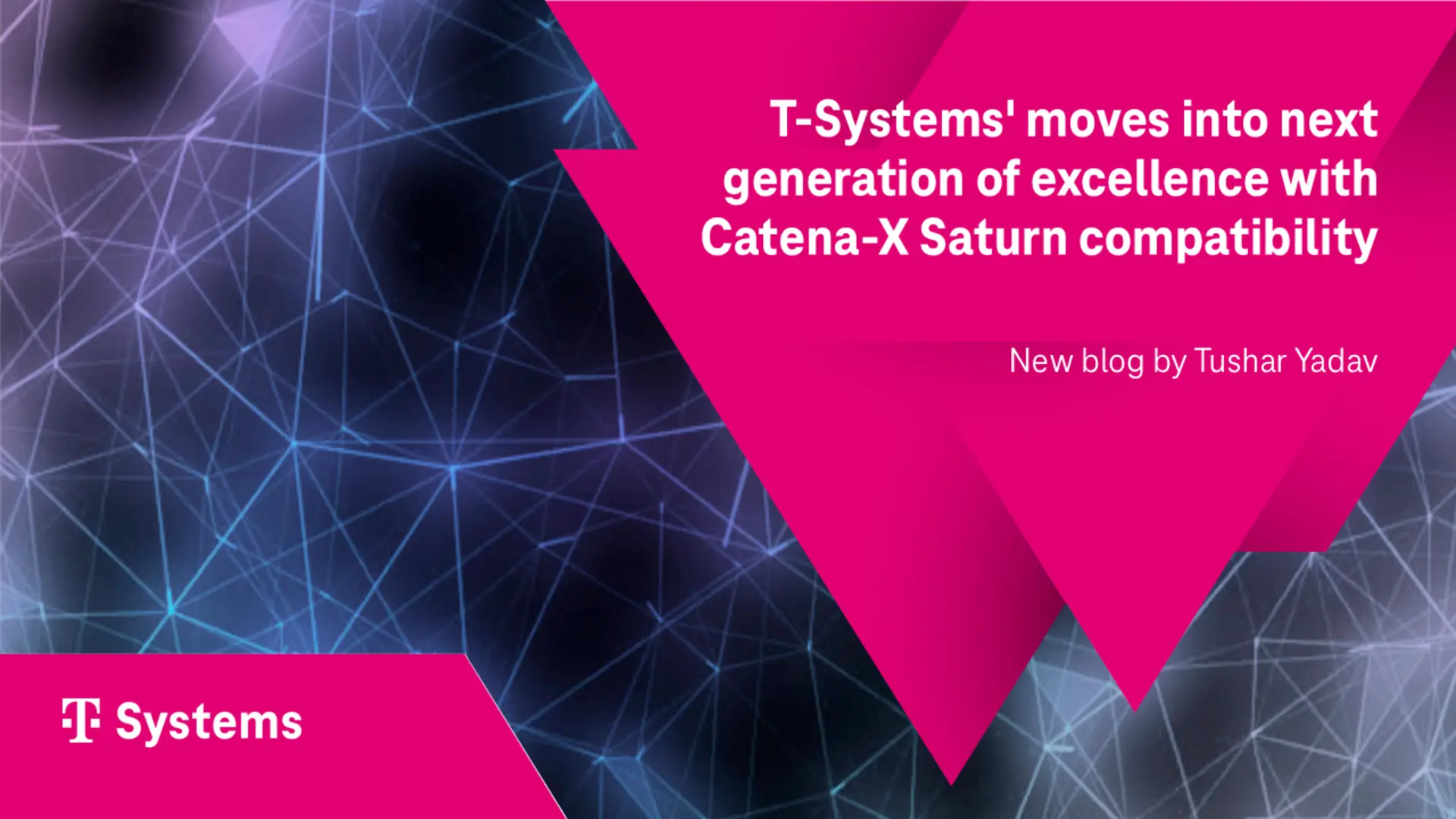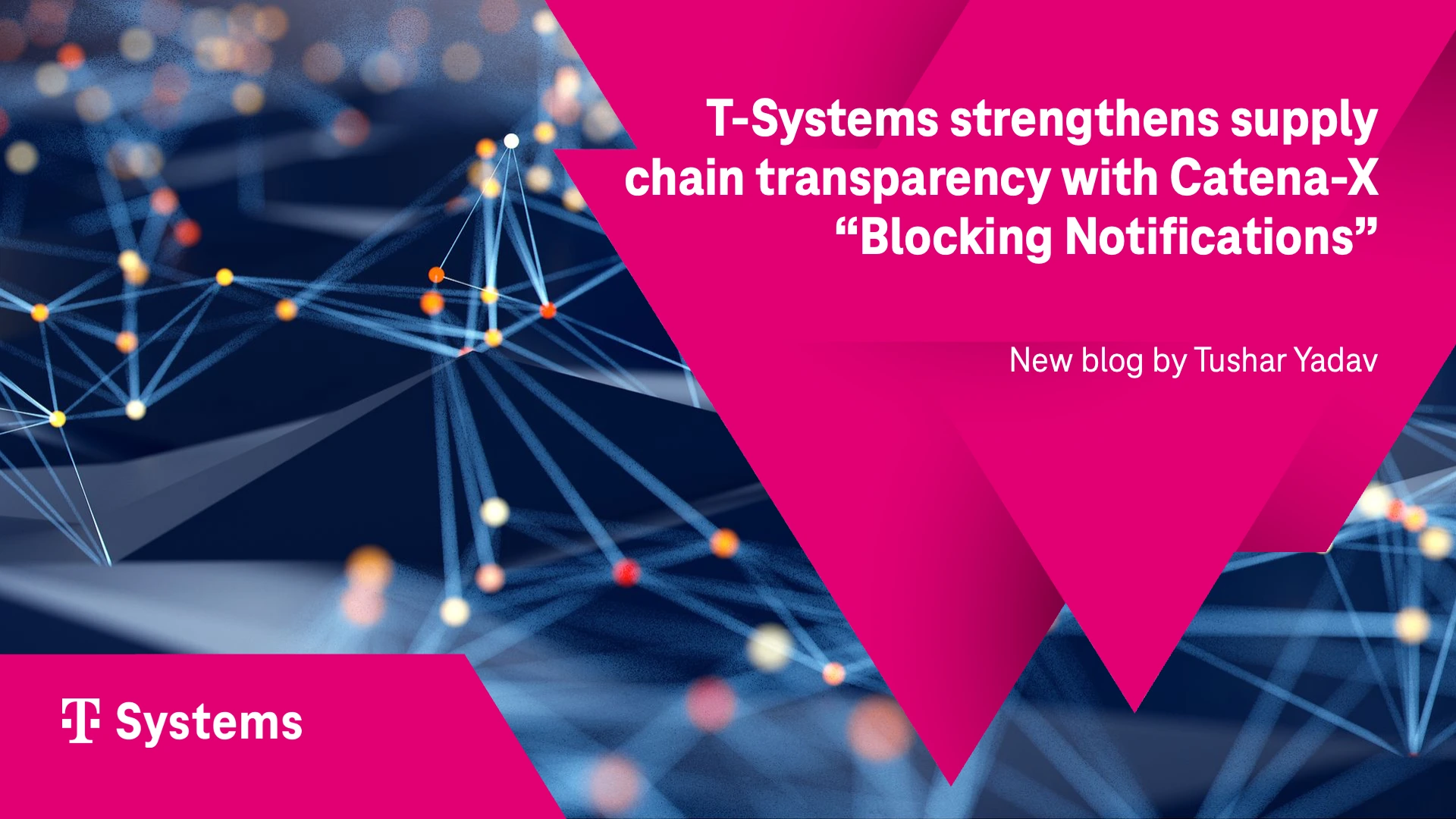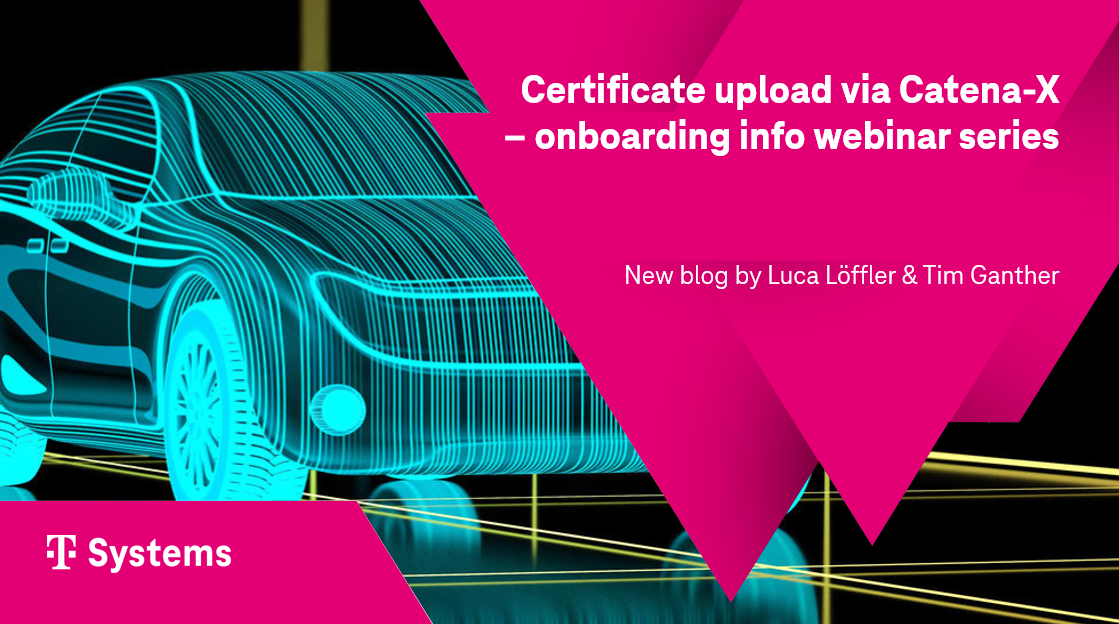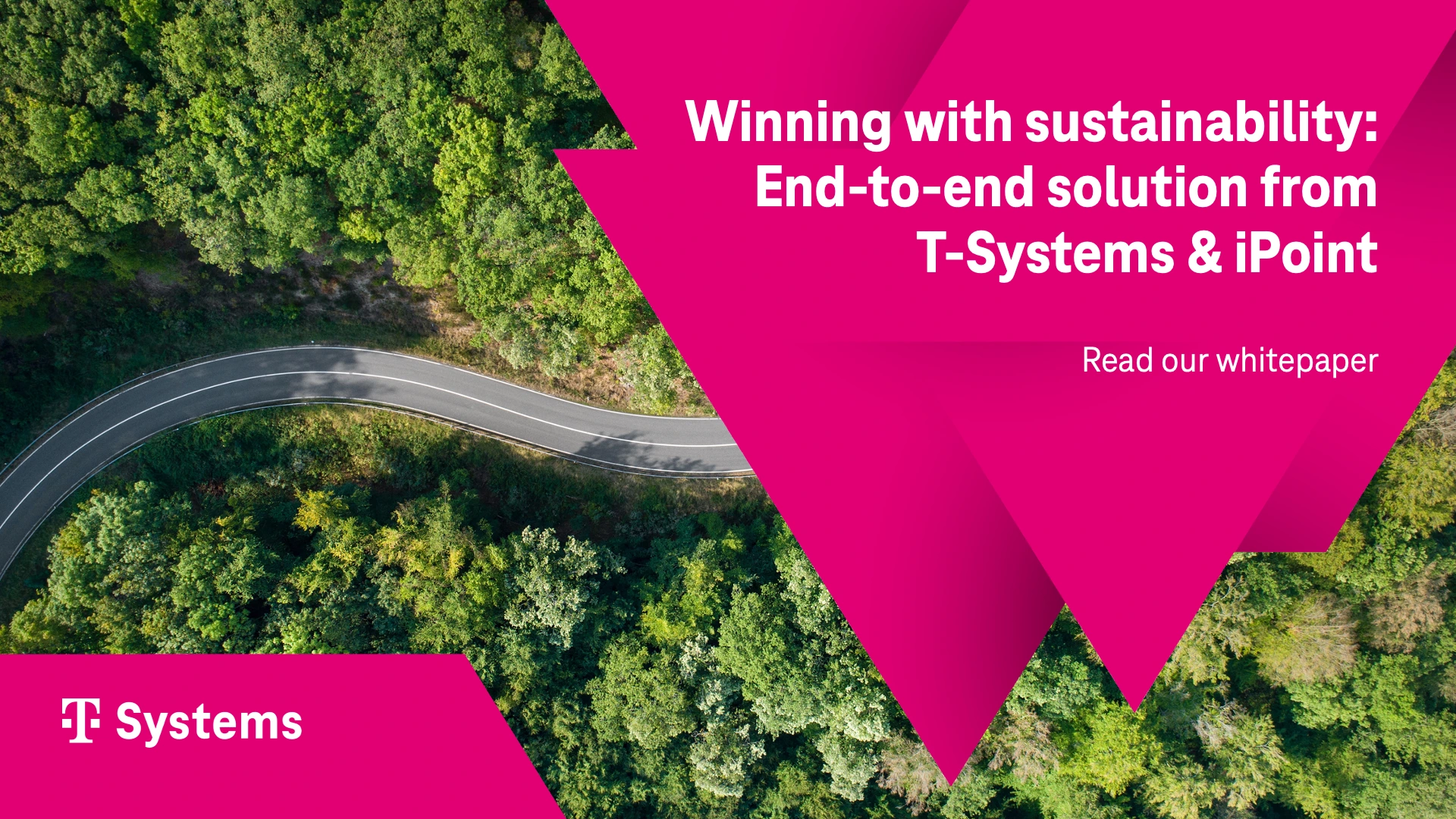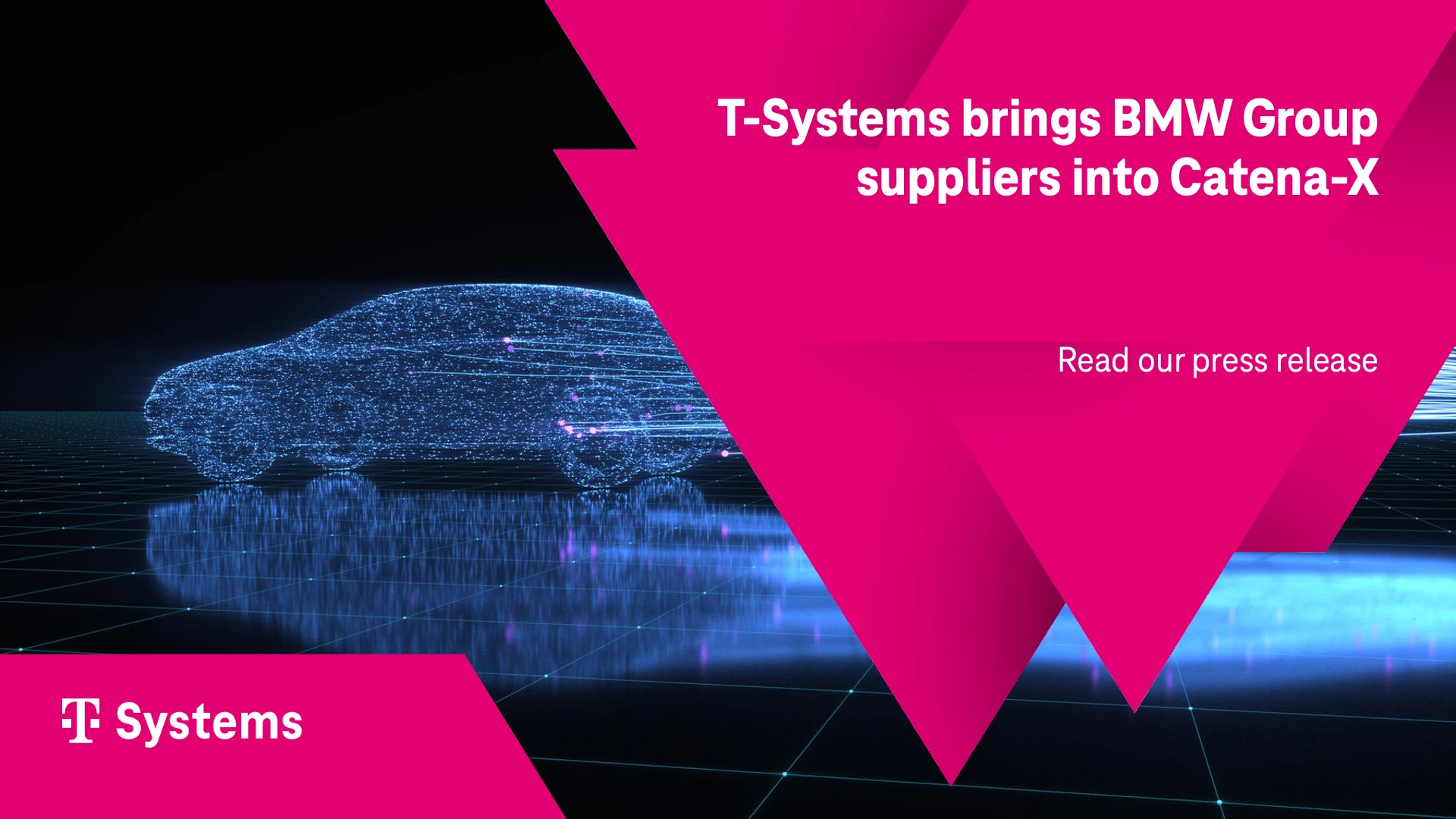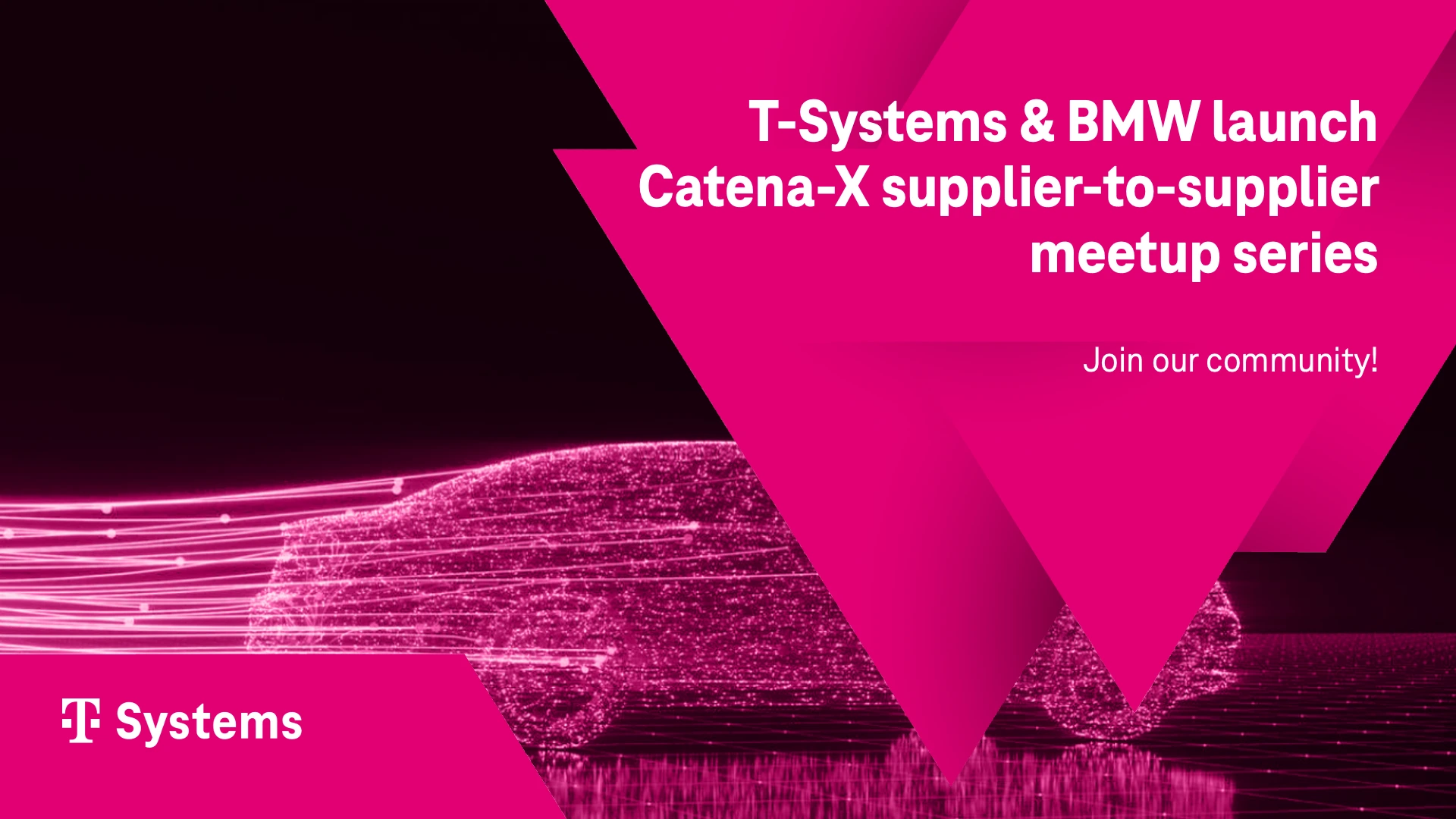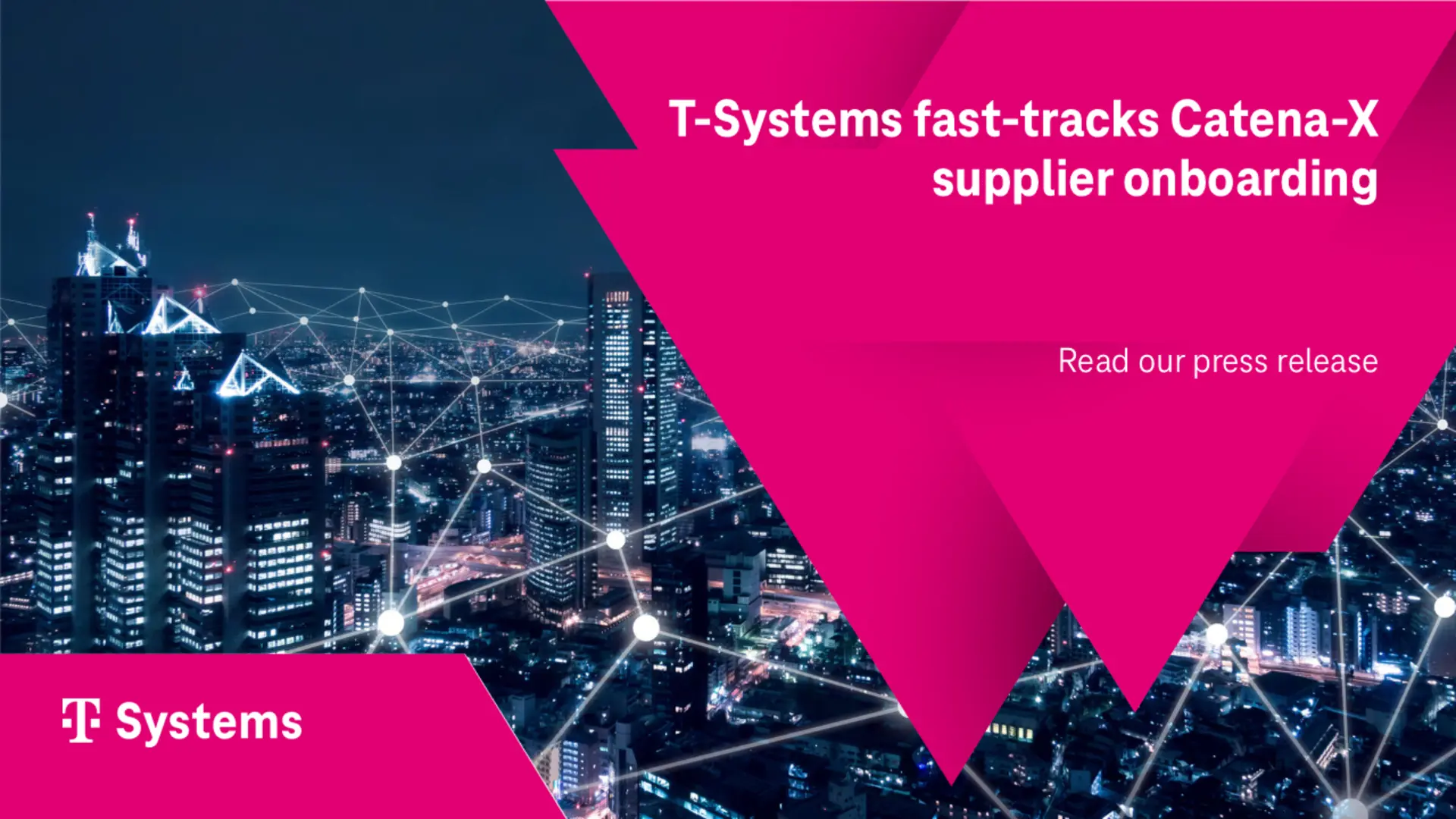“CX has been a tremendous success, […] changing industry today,” according to the Federal Minister of Economic Affairs and Climate Action (see Figure 1). The ministry played a pivotal role in bringing together a broad coalition of stakeholders, 28 companies, including direct competitors, such as BMW, Mercedes-Benz, and Volkswagen, to ensure a consensus solution for the entire industry. To facilitate this initiative, the ministry provided funding for approximately 40% of the three-year project, which had a total budget of around EUR 250 million (US$ 270 M).
Figure 1: Appreciation of CX success from Federal Minister Habeck as CX expands globally
Radical collaboration with agile development of open source software
Success required a unique approach. Typically, 70% of startups fail (CB Insights 2021, Eisenmann 2021). And launching with 28 companies seemed destined for failure. However, the project was radically reorganized into an agile setup across all partners following the SAFe framework - portfolio version (link), resulting in one Agile Release Train (ART) composed of dozens of “products” and teams with hundreds of developers. This ART was then tightly managed by blending agile methodologies with a more traditional waterfall approach to ensure a working software release every three months. Management of the ART’s software development was based on tools from Atlassian: Confluence was utilized for collaboration on requirements and architectural solutions, while Jira was employed for job planning, ticketing, and tracking. Figure 2 depicts the CX Product Manager team from Deutsche Telekom (Chris), BMW (Markus), SAP (Marc). At its peek, a software release involved over 600 Jira feature tickets. The final release, R24.05, was delivered at the end of May 2024 and is available as an open-source reference implementation in the Tractus-X project under the Eclipse Foundation (link). CX converted the initial proposal of 1.700 pages (see Figure 2 bottom right) into an opertional software stack.
Figure 2: CX Product Manager team for conversion of paper proposal to software product
Data ECOSYSTEM software system: 3 elements
The unique selling point (USP) of the software system is trustworthy cross-organizational data exchange. The system is composed of 3 major element:
- A dataspace network to make data available across entire supply and market chains
- Templates for data products, such as accurate digital twins with primary data from parts vendors (—> Deep dive info: Digital twins)
- First super-apps fueled by better data or data chains such as product carbon footprint (PCF) tracking from raw material to finished goods, and material traceability to trace faulty parts from production to the final product and customer for targeted recalls, for example.
The DATASPACE software stack: 3 properties
The dataspace network software stack exhibits three core characteristics:
- It is NO data repository—no data is stored in the dataspace.
- It functions as a data communication network for peer-to-peer sharing.
- It ensures data sovereignty protection, maintaining a user's control over the rights to their shared data.
Data sovereignty protection is ensured through three mechanisms:
- Participant authentication, where both data consumers and providers are verifiably known and traceable.
- Access controls allow a data provider to manage who can view its data by using whitelisting and blacklisting.
- Usage policies set by data producers that must be accepted by data consumers.
—> Deep dive info: What is a dataspace, impact on (a) strategy, (b) operations: Dataspaces 101
Figure 3: “5 Stars” performance of Deutsche Telekom’s T-Systems team in Catena-X
The proof: The PCF ‘killer app’ example
Product carbon footprint (PCF) tracking is a prime example showcasing the new capabilities of CX. Reducing CO2 emissions starts with measuring them on a product basis, but this is challenging because most products are composed of many parts, each with its own supply chain. Consider the steel used in the screws of the lock for a car door. A car manufacturer knows the supplier of the lock but not the vendor of the screws or the steel mill that produced the steel for those screws. CX can solve the problem: It allows for creating a cross-organizational data chain using a digital twin of aforementioned doorlock to deliver its cumulative CO2 emissions. In line with our dedication, as emphasized by CX consortial lead Oliver Ganser, our team delivered “more than technology, let’s talk about it, post it, test it […] 5 Stars” (see Figure 3). Given our experience with dataspace technology and piloting in mobility and industry (Schlueter Langdon and Schweichhart 2022, Schlueter Langdon and Eckert 2022), we early on identified PCF as the proverbial ‘killer app’ to promote CX advantages and started piloting:
- At CES 2024, we launched the first live data chain with Ford-Flex using a CX-certified data exchange solution by TSI to exchange PCF data
- IBM's 2 min story: https://youtu.be/YEfqlCXYYs4
- Insights story: CES2024
- At HM 2024, we expanded our data chain to add Murata
- Flex LinkedIn post: https://bit.ly/3QMHuez
- Insights story HM2024
- At CX Consortium finale, CX consortial lead Oliver Ganser and Niels Angel, lead of Sustainability Committee of CX Assoc, presented a data chain where all participants used different PCF apps from SAP, Siemens, SupplyOn, and TSI to seamlessly exchange data
Timeline of additional highlights
2024
- Impressions from CX finale: https://bit.ly/Catena-X_ConsortiumFinale_2024
- CX intro and Telekom products, 2-pager
2023
- Impressions from GoLive: https://bit.ly/Catena-X_GoLive2023_Langdon
- International Manufacturing-X launch: Greenville202
- Catena-X US pre-launch: Austin2023
2021
- Catena-X With GAIA-X: Will Data Space Be the Word of 2021? Link
- Deutsche Telekom, press release (2021-03-02), link
References
CB Insights. 2021. The Top 20 Reasons Startups Fail. Report. New York, NY: https://www.cbinsights.com/reports/CB-Insights_Top-Reasons-Startups-Fail.pdf?
Eisenmann, T. 2021. Why Start-ups Fail - It’s not always the horse or the jockey. Harvard Business Review (May–June 2021), link
Schlueter Langdon, C. and Eckert, J. 2022. Intermodal travel super app with agent system and data space: RealLab Hamburg implementation. Scientific Paper ID 1225984, 28th ITS World Congress, Los Angeles, link
Schlueter Langdon, C., and K. Schweichhart. 2022. Dataspaces: First Applications in Mobility and Industry. In: Otto, B. et al. (eds.). Dataspaces – Part IV Solutions & Applications. Springer Nature, Switzerland: 493 - 511, link










